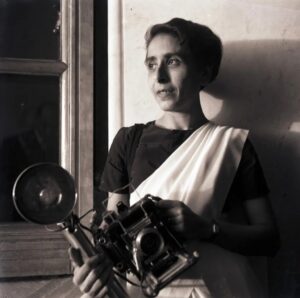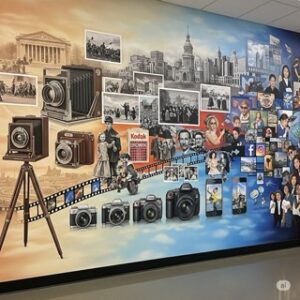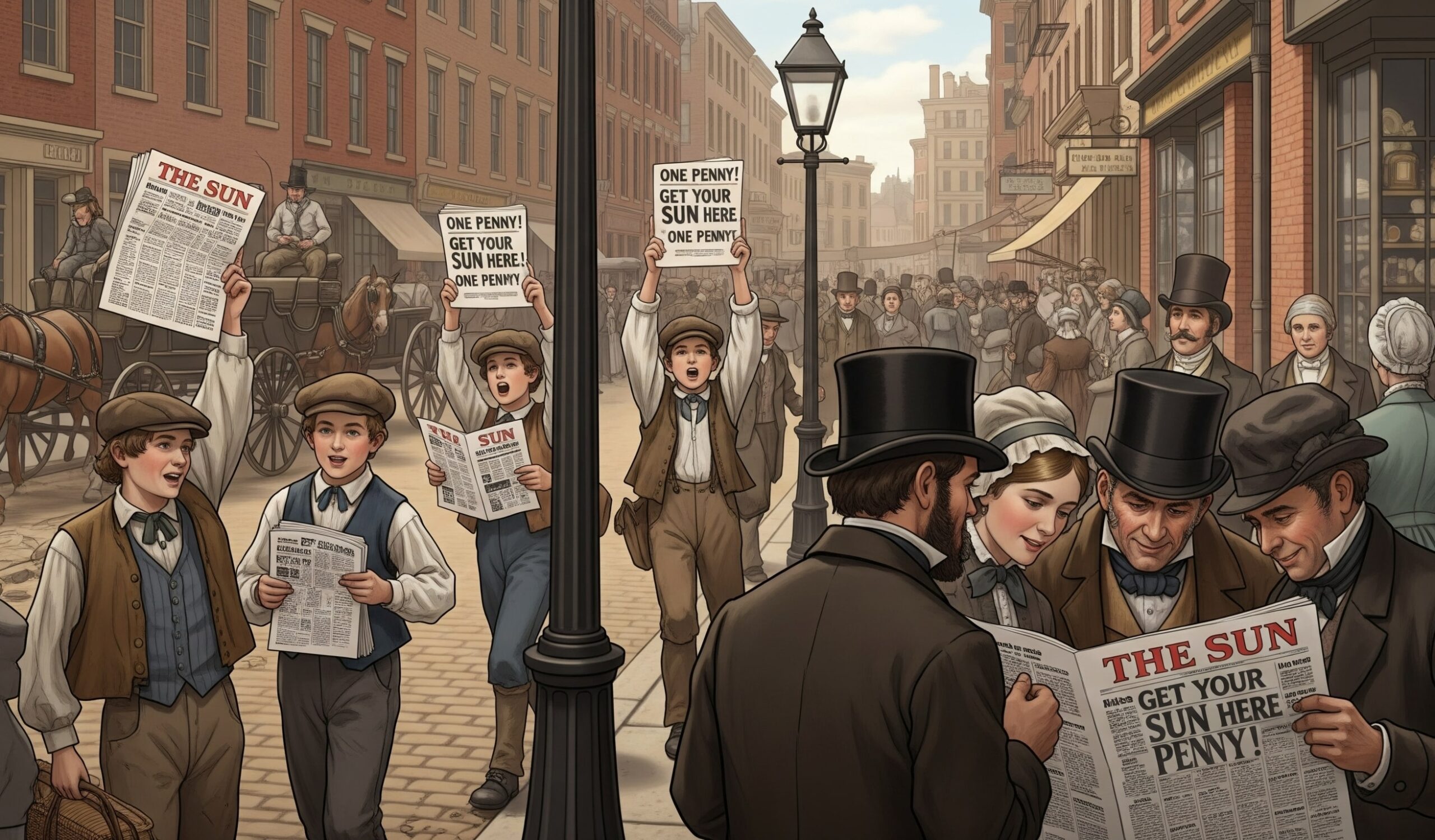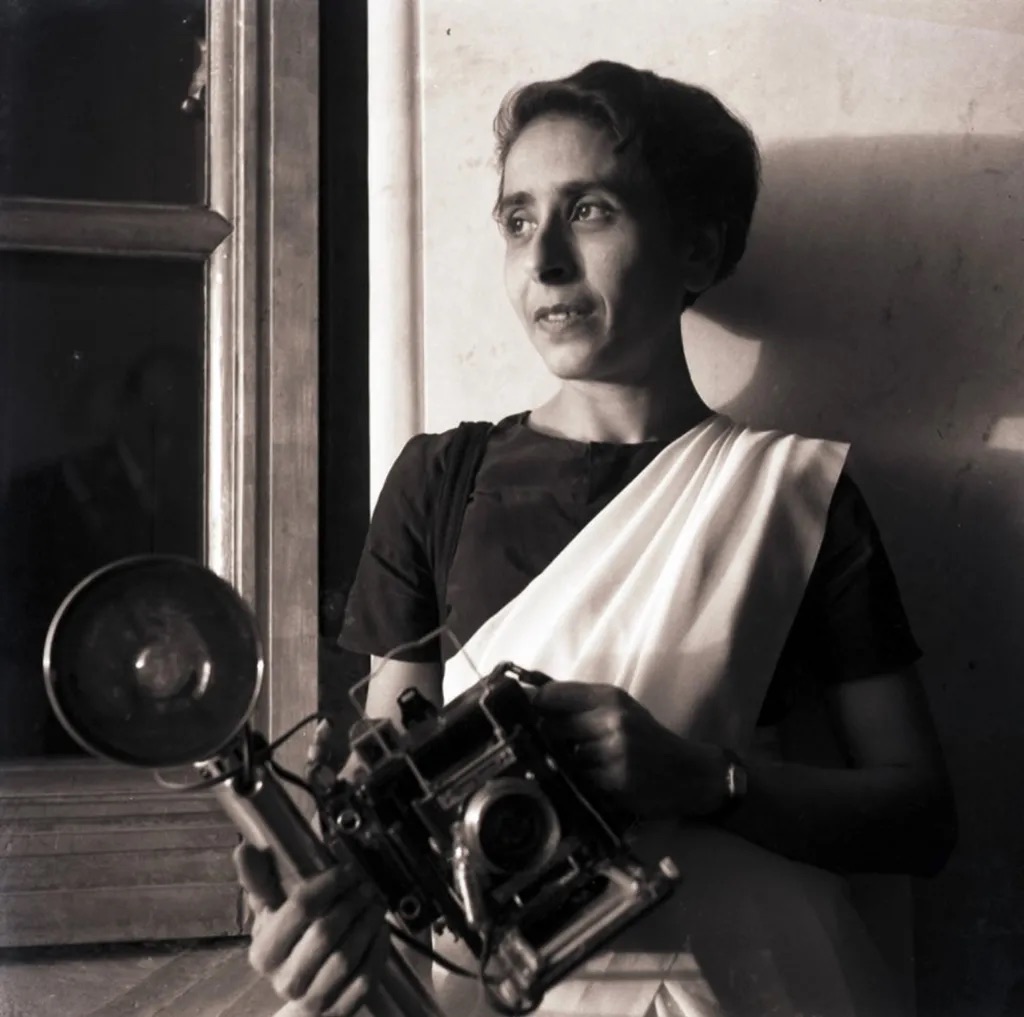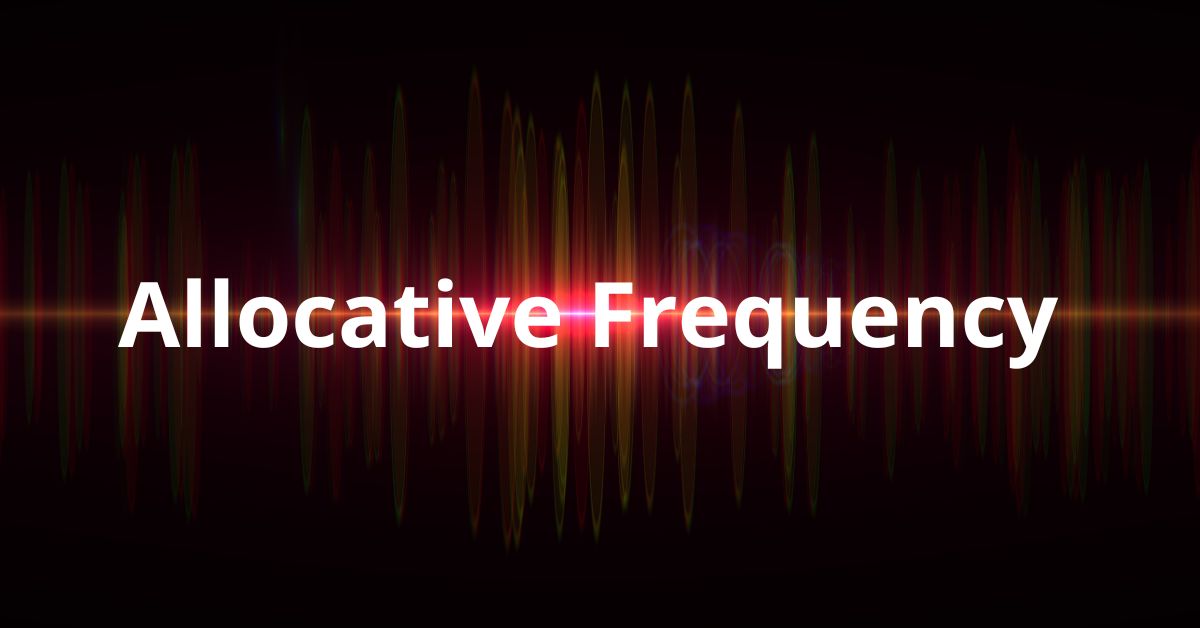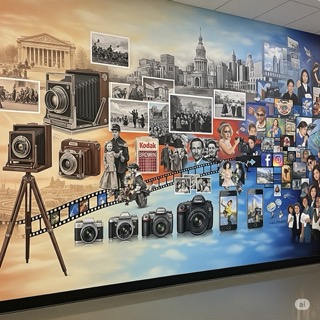Androcentric view of cinema is a
- Male perspective
- Female view
- View of the underdog
- French genre
Correct Ans: (A)
Explanation:
The androcentric view of cinema means telling stories from a male perspective. In this view, men take the central role. They drive the plot, control the action, and shape the meaning of the story. Female characters often appear as secondary or supportive.
This view has deep roots in film history. For decades, most directors, writers, and producers were men. Naturally, they created content that reflected their own viewpoints. As a result, male experiences dominated the screen. Even when women appeared, the camera often focused on how they looked, not what they felt or thought.
Moreover, this male-centered storytelling affects how audiences see the world. It presents male behavior as the norm and often ignores female perspectives. It shapes cultural attitudes and reinforces gender roles.
The androcentric view doesn’t only impact character roles. It influences dialogue, conflict, resolution, and even cinematography. For instance, many films use the “male gaze”—a term describing how the camera looks at women from a male point of view. This reduces women to objects of desire rather than complex characters.
However, things are slowly changing. More female filmmakers are entering the industry. They bring fresh perspectives and challenge the old, one-sided view. Their work often highlights emotions, relationships, and stories previously overlooked.
In short, the androcentric view of cinema centers male experiences while sidelining others. Recognizing this bias is the first step toward more inclusive storytelling.




